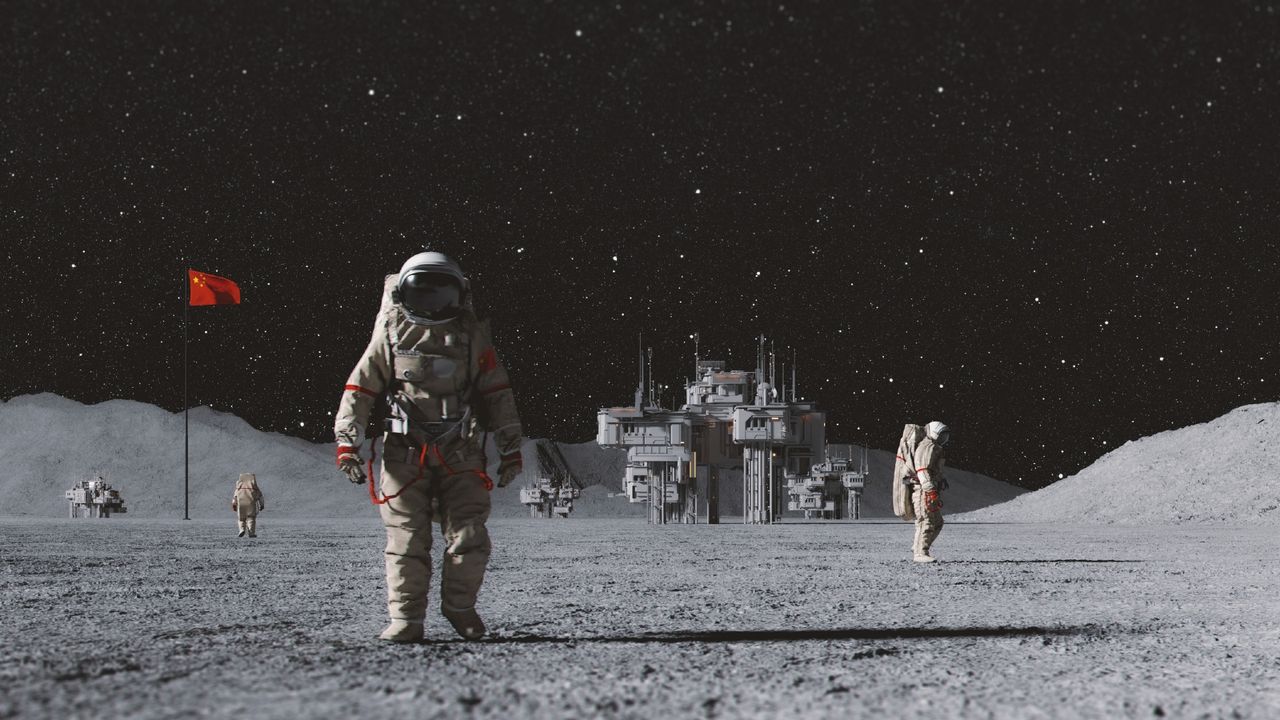Now Reading: China Poised to Surpass US in Space Leadership Within a Decade: Report
-
01
China Poised to Surpass US in Space Leadership Within a Decade: Report
China Poised to Surpass US in Space Leadership Within a Decade: Report

Quick Summary
- A new report warns that China may surpass the United States in space exploration within 5-10 years,becoming the world’s leading spacefaring nation.
- china’s achievements include:
– Fully operational Tiangong space station (completed in 2023).
– Plans to return humans to the moon by 2030 and build a lunar base with an autonomous nuclear reactor by 2035.
– development of satellite megaconstellations, orbital solar arrays, and its own james Webb Space Telescope rival.
- Key milestones reached include mapping the lunar surface in record detail, returning samples from the far side of the moon, and creating supersized reusable rockets.
- The country now operates six active spaceports for increased launch capability.
- total funding for commercial space ventures has grown substantially-$2.86 billion in 2022 compared to $164 million in 2016.
- America’s NASA Artemis missions have faced delays due to budget cuts and issues with SpaceX’s Starship rocket.
- Researchers describe China as entering its “Apollo, ISS, and commercial eras together,” driven by long-term strategy, substantial investment, and international collaborations like its “Space Silk Road” initiative with over 80 global partners.
Images:
1) Concept image of a Chinese lunar base (courtesy: Getty Images).
2) tiangong space station orbiting Earth (courtesy: Chinese manned Space Agency).
3) Launch site operations at wenchang Space Launch Site (courtesy: VCG/VCG via Getty Images).
4) Chang’e probe near Moon’s orbit during sample mission (via China National Space Administration).
Indian Opinion Analysis
china’s rapid advancements underscore a disciplined integration of government policy with strategic investments across research institutions and private enterprises-a model India could examine as it expands its own ambitions in space exploration under ISRO’s Gaganyaan project or future collaborations with nations like Russia or Japan. The competitive pressure from this scenario emphasizes opportunities as well; India’s successful Chandrayaan missions highlight regional leadership grounded on cost-effective innovation.
Additionally noted was China’s extensive international cooperation (“Space Silk Road”),which might challenge U.S.-centric alliances but provides openings for countries like India seeking diversified partnerships without geopolitical entanglements.
For India-while progress remains steady-the scale of competition reaffirms urgency toward securing greater indigenous platform capabilities not just around low orbit but future-focused goals toward collaborative asteroid mining prospects read link contextual below!
























